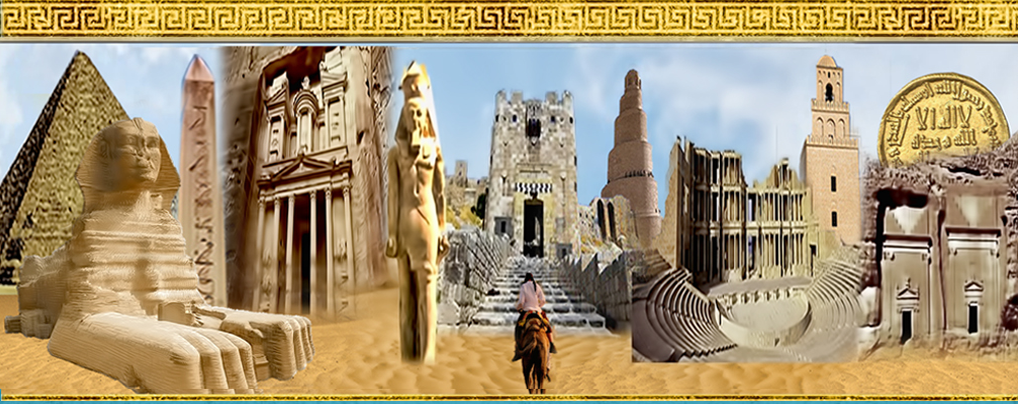Journal of the General Union of Arab Archaeologists

Abstract
دراسة ونشر مجموعة من التحف المعدنية الصينية ذات الكتابات الإسلامية محفوظة في مسجد نيوجيه ببكين [Ar]
تهدف هذه الدراسة إلى نشر وفحص ودراسة مجموعة لم تنشر من قبل لأربعة من التحف المعدنية الصينية ذات الكتابات الإسلامية والمحفوظة في مسجد نيوجيه، أقدم مسجد في بكين. تعود هذه الأواني إلى عصر أسرتي مينغ (1368-1644م) وتشينغ (1644-1912م) الحاكمة للصين، مؤرخة بخراطيش كتابية تحمل أسماء كل من الإمبراطور شواندا (1425-1435م) والامبراطور جياتشينغ (1796-1820 م) والامبراطور كانغشي (1661-1722) والامبراطور تشيان لونغ (1735-1796). تحاول هذه الدراسة شرح الأساليب الفنية والمواد الخام الخاصة بالمجموعة، وكذلك الزخارف التي اتسمت بالثراء والتنوع، كما تسعى الدراسة إلى استكشاف تاريخ المسلين الصينيين عبر فحص تلك المجموعة؛ إذ حوت إحدى القطع على نص صيني يشير إلى علاقة البلاط الصيني بالمجتمع المسلم المحلي في مدينة بكين؛ لذا فهذه القطع تعد وثائق مهمة تسجل مرحلة مهمة في تاريخ الإسلام في الصين خلال عصر أسرتي مينغ تشينغ. تسبب كلا من الطلب الخارجي والداخلي على هذا النوع من الفن الذي يحمل الكتابات العربية والصينية في انتشاره في الصين، وهو دليل لا يرقى إليه الشك على عظم التأثيرات الفنية المتبادلة بين الفنين الصيني الإسلامي، وإشارة تؤكد على أن الفن الإسلامي تجاوز الحدود حتى وصل إلى أقصى شرق آسيا..
[En] This study aims to publish, examine and study a group of four Chinese Islamic metal artifacts preserved in Niujie Mosque, the oldest mosque in Beijing. These artifacts date back to the Ming (1368-1644 AD) and Qing (1644-1912 AD) dynasties. They are dated by cartouches bearing the names of Emperors Xuanda (1425-1435 AD), Jiaqing (1796-1820 AD), Kangxi (1661-1722 AD), and Qianlong (1735-1796 AD). This study attempts to explain the artistic methods and raw materials of the collection, as well as the decorations that were characterized by richness and diversity. The study also seeks to explore the history of Chinese worshipers through examining that group. One of the objects contained a Chinese text referring to the Chinese court’s relationship with the local Muslim community in the city of Beijing. Therefore, it is an important document that records an important stage in the history of Islam in China during the Ming and Qing dynasties. Both external and internal demand for this type of art that carries Arabic and Chinese writings caused its spread in China, which is indubitable evidence of the great mutual artistic influences between the Chinese and Islamic arts, and an indication that confirms that Islamic art crossed borders until it reached Far East Asia.
Recommended Citation
Hagras, Hamada
(2024)
"STUDY AND PUBLICATION OF A COLLECTION OF CHINESE METAL ARTIFACTS WITH ISLAMIC SCRIPTS PRESERVED IN THE BEIJING NIUJIE MOSQUE,"
Journal of the General Union of Arab Archaeologists: Vol. 9:
Iss.
1, Article 5.
Available at:
https://digitalcommons.aaru.edu.jo/jguaa/vol9/iss1/5
Included in
Historic Preservation and Conservation Commons, History Commons, History of Art, Architecture, and Archaeology Commons

